-
 FIBER LASER PROTECTION WINDOW
FIBER LASER PROTECTION WINDOWThe main function of optical fiber laser protection window is to protect the focusing lens, to prevent the lens from damage by the splashing objects. By periodic replacement of the protection window, the accuracy of processing can be ensured. The high damage threshold (>15J/cm2)@ 1064 nm AR coating on the window can effectively increase its transmittance , reduce the energy loss and improve the quality of the product being processed. It is widely used in laser cutting machine, laser welding machine and other laser equipment.
-
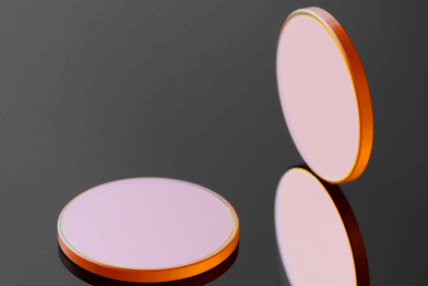 PROTECTION WINDOW FOR CO2 LASER MARKING MACHINE
PROTECTION WINDOW FOR CO2 LASER MARKING MACHINEIn order to protect the scanning lens from harming by spatter and other hazards in the workplace, we provides a protection window (also known as the anti fragmentation window) which can be provided either as a part of the scanning mirror component or can be sold individually. These windows are made of zinc selenide and germanium. The Znse protection window is coated with AR coating or DAR coating. Germanium protection window is coated with AR coating or optional diamond-like carbon coatings (DLC), which can be used in the worst industrial environment. The size listed are the ones used commonly.
-
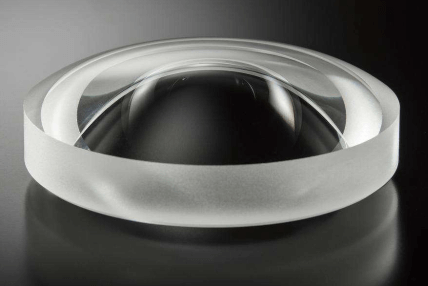 Aspherical Lenses
Aspherical LensesThe complex surface profile of an asphere can significantly reduce or even eliminate spherical aberrations comparing to spherical lenses.
Hence, asphericals have been increasingly more widely explored and adopted during the optical design stage.
Aspheres can replace a complex multi-element spherical system to achieve a lighter and more compact optical system.
The resulting design has higher transmittance and in most cases, costs less than the multi-lens spherical design, especially at production volumes.
-
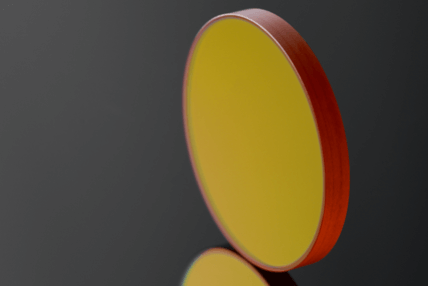 Laser Beam Combiners
Laser Beam CombinersBeam combiners are partial reflectors that combine two or more wavelengths of light — one in transmission and one in reflection — onto a single beam path. Since the 10.6 micron laser is invisible, in the actual process of laser marking, we often need to know where the focus of the laser is, so as to determine if the position of marking is correct or not. By the beam combiner, we combine the red light of the visible 650nm emitted by the diode with the 10.6 micron laser into one beam of light, so that where the 650nm red light is pointing is the position of 10.6 micron laser, thus achieving the purpose of using the red light of 650nm to indicate the 10.6 micron laser.
-
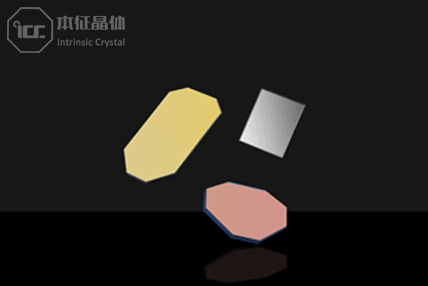 Laser Galvo scanning mirror
Laser Galvo scanning mirrorThe Galvo scanning system, also known as a galvanometer, follows the planning approach of a galvanometer, with the lens replacing the needle and the probe signal replaced by a computer-controlled -5V-5V or -10V-+10V DC signal to complete the intended action. Whether the scanning laser system is used for marking, engraving, or micro-catheter drilling, they all rely on the oscillator to accurately position the laser beam.
-
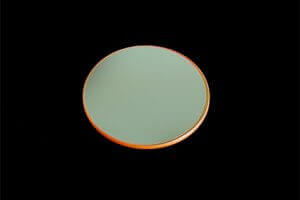 Laser output Coupler
Laser output CouplerLaser output lenses, also known as partially reflective lenses: Laser output lenses are mainly used in resonant cavities to ensure that the laser power and output pattern, part of the energy is reflected into the resonant cavity and the other part is output for cutting, welding and heat treatment. Widely used in CO2 and YAG laser systems.
- Crystal Material
- Lanthanum tribromide LaBr3
- Calcium fluoride (CaF2)
- Barium fluoride(BaF2)
- Magnesium fluoride (MgF2)
- Lithium fluoride(LiF)
- Silicon material(Si)
- Germanium material(Ge)
- NaI:TI
- Lithium Niobate
- Zinc Selenide(ZnSe)
- Zinc Sulfide(ZnS)
- Sapphire
- Quartz
- Laser Lenses
- Laser output Coupler
- Laser Protection Window
- Beam Combine
- Laser scanning mirror
- Laser Mirror
- Focusing Lens
- Laser Window






